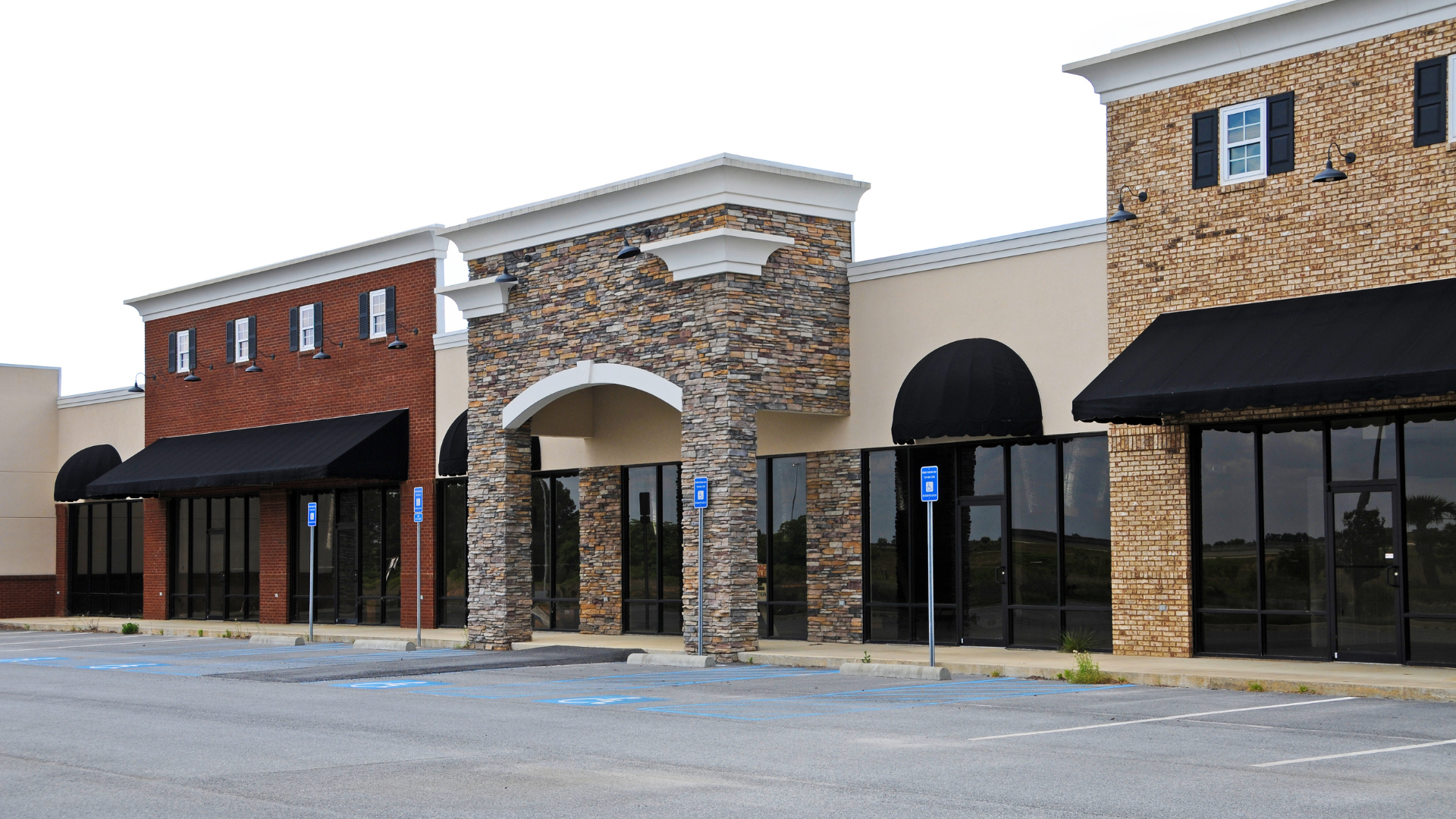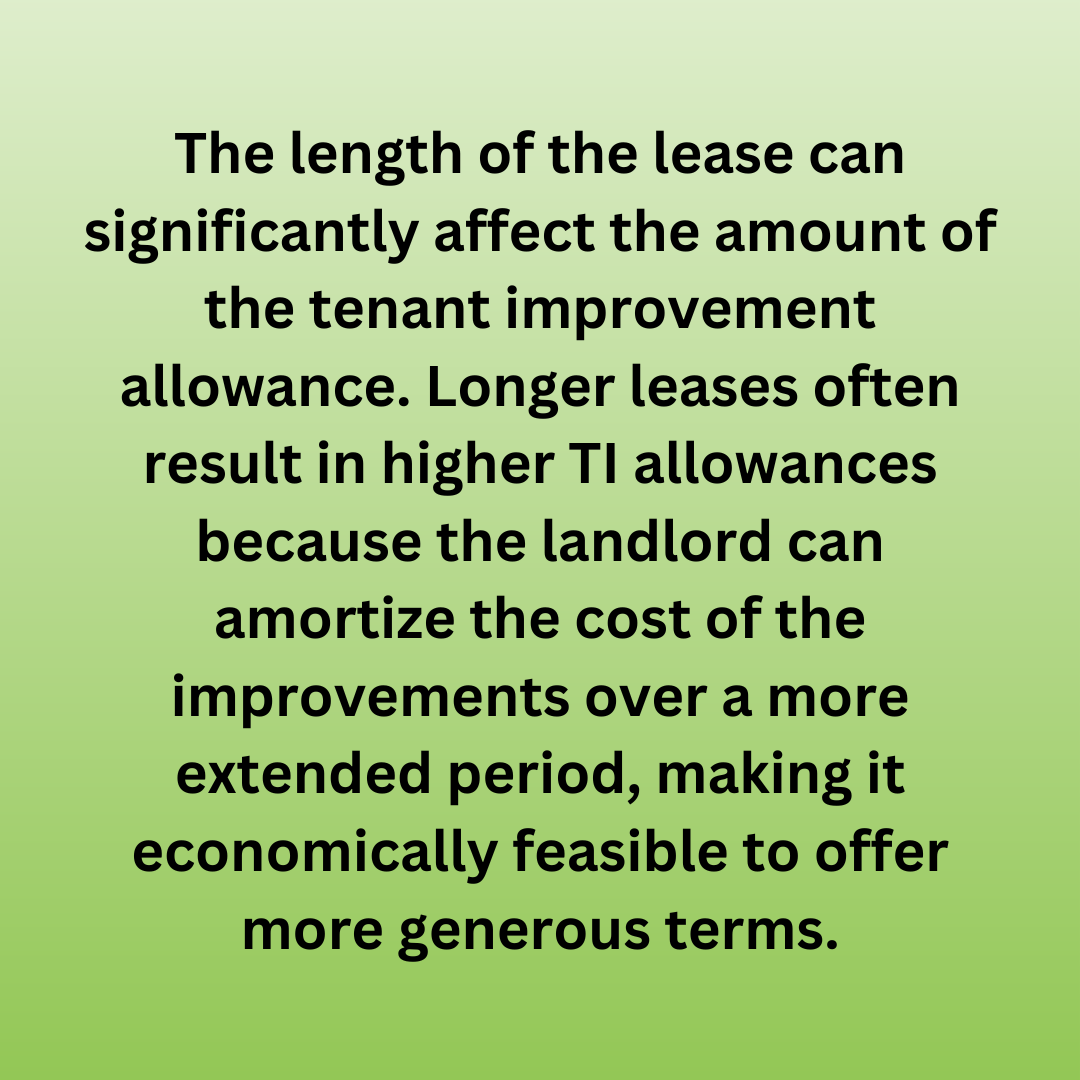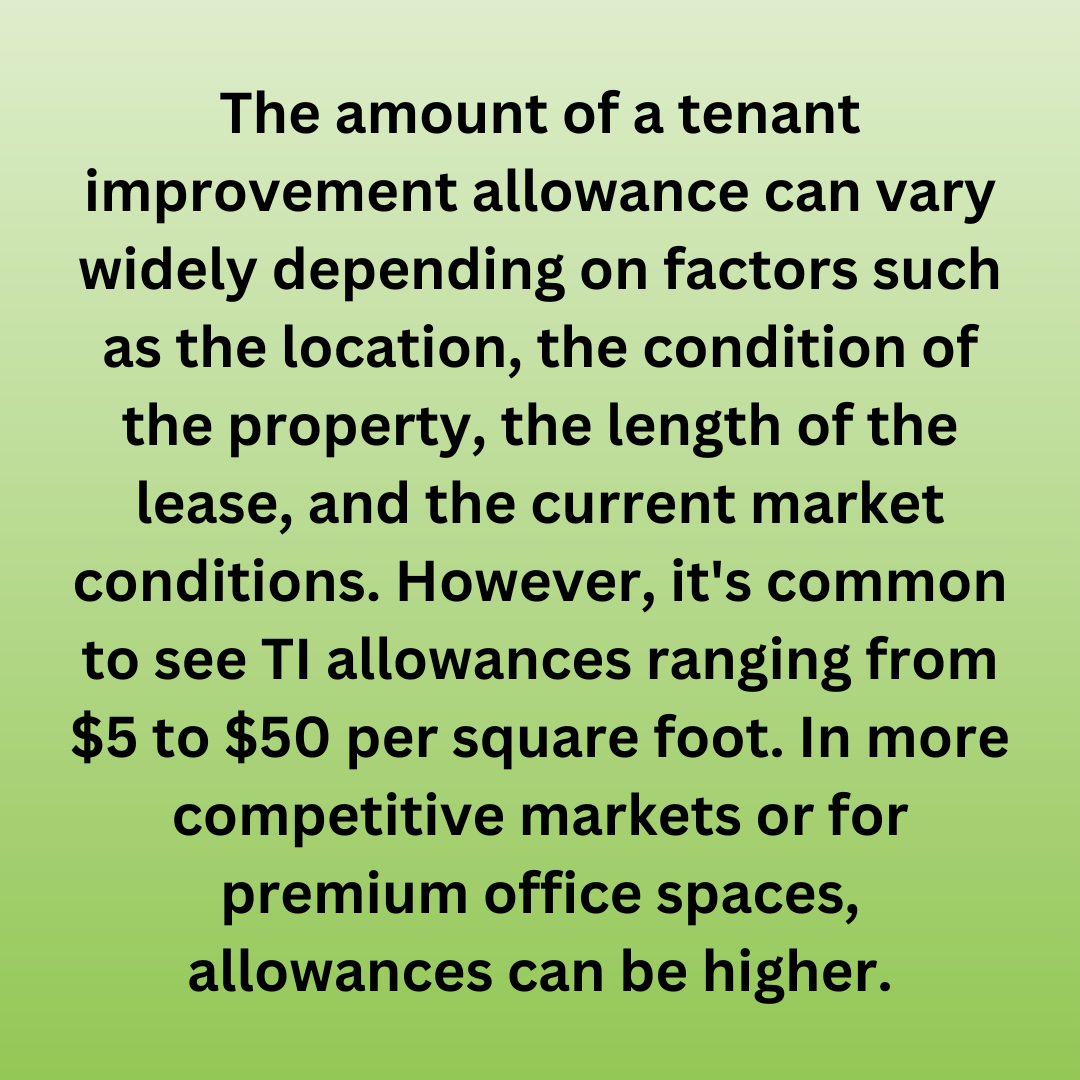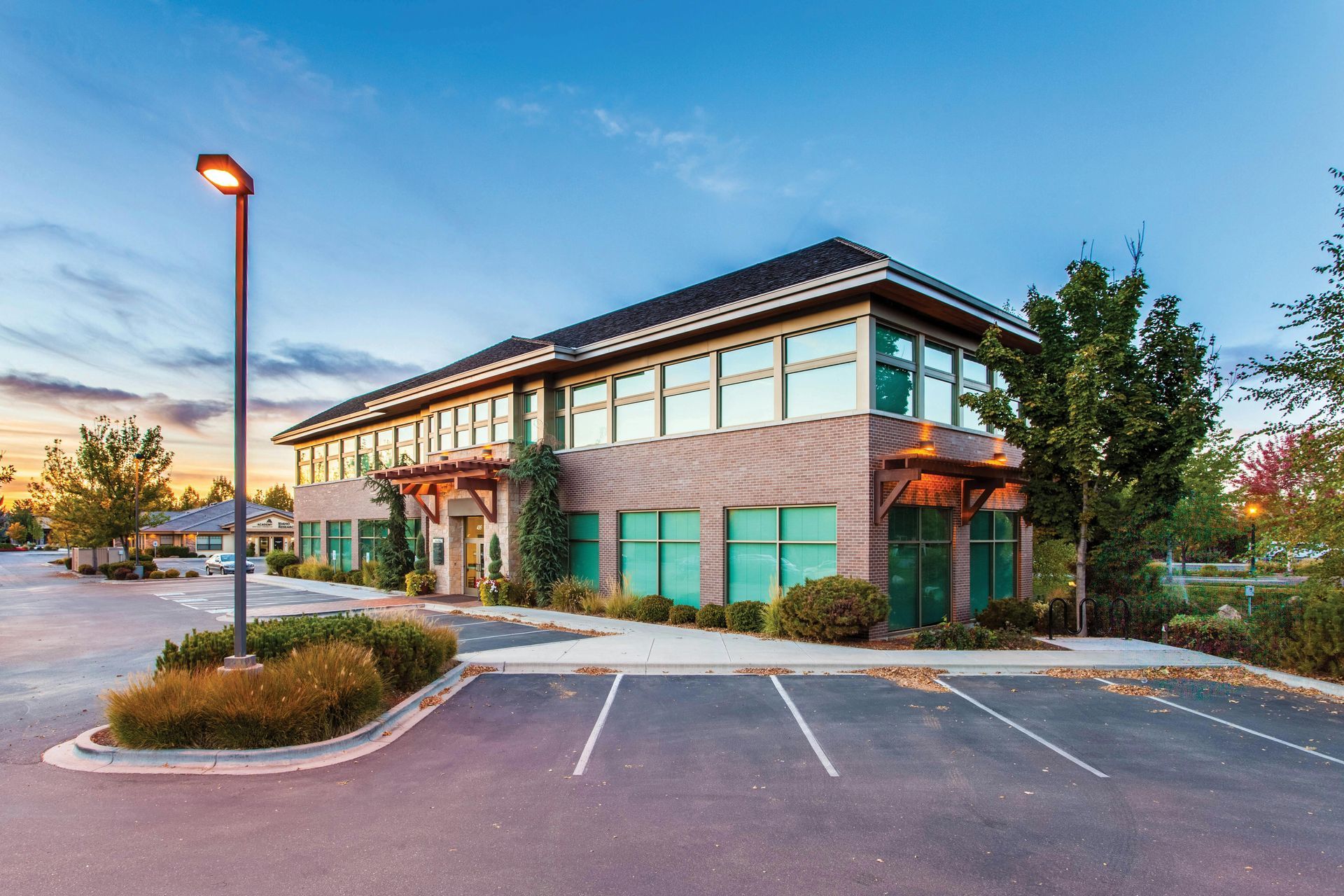April 18, 2024
Quick Summary Before You Read.....
Question: What should tenants and landlords understand about tenant improvement (TI) allowances and costs in commercial leases?
Answer: Tenant improvements (TIs) are essential for customizing leased commercial spaces to meet specific business needs. The Tenant Improvement Allowance (TIA) is a negotiable sum provided by landlords to cover such modifications. However, expenses exceeding the TIA are typically the tenant's responsibility. It's crucial to delineate in the lease agreement which improvements remain with the property and which can be removed upon lease termination. Ownership of these improvements usually transfers to the landlord unless otherwise agreed. Strategic planning, clear communication, and professional guidance are key to navigating the complexities of TIs effectively.
For a detailed exploration of these questions and insights from CIP Texas, you can read the full article here

Tenant Improvement: Navigating Allowances and Costs for Your Business Space
Commercial real estate is always evolving, and tenant improvements stand out as a critical component we’d like to discuss. These improvements are key for businesses looking to tailor their leased spaces to better suit their operational needs and aesthetic preferences. Whether it's a startup aiming to infuse its culture into an office design, or a retailer looking to enhance the shopper experience. Navigating the complexities of tenant improvements can significantly enhance the value derived from a commercial lease. This detailed guide covers the essentials of tenant improvements, including tenant improvement allowances, financial obligations, rights over improvements, and ownership considerations. We hope to provide a thorough understanding to tenants and landlords alike. Let’s begin!
What is Tenant Improvement Allowance?
At the center of making changes to a rental space is something called the
Tenant Improvement Allowance, or TIA for short. This is a chunk of money that the landlord sets aside for tenants to use to modify or upgrade their leased area. How much money you get can be negotiated and really depends on a few things like where the property is located, what the market is like at the time, how long you plan to stay there, and what condition the space is in when you move in. With this allowance, you could do anything from small updates, like painting the walls or putting in new carpets, to big renovations that might include knocking down walls or adding new fixtures and fittings.
The Financial Dynamics of Tenant Improvements
So who pays for tenant improvements? Although it might look like the lease improvement allowance from the landlord is just a simple help with the costs of setting up your space, the reality is a bit more complicated. Any expenses that go beyond the agreed upon allowance will have to be covered by the tenant. This means you really have to think carefully about your improvement plans and how they fit with your budget. Also, even though the landlord gives the TIA upfront, they usually get this money back through the terms of the lease, often by charging higher rent. This shows why it's so crucial to negotiate a lease that meets your needs for improvements while also being realistic about the financial commitment you're making.
Navigating the Removal of Tenant Improvements
A lot of tenants wonder if they can take down any of the improvements they've made once their lease ends. It's important that the
lease agreement spells out exactly what can be taken down and what must stay. Generally, anything that's permanently attached to the property or is part of the building’s essential structure or systems needs to stay put. However, tenants can sometimes negotiate with their landlords to remove certain items, especially if these items are particularly valuable to the tenant's business or can be used again somewhere else. To avoid any misunderstandings or surprise costs when the lease is up, it's really important for tenants to get these details hammered out and clearly agreed upon right from the start.
Ownership of Tenant Improvements
When you make upgrades or changes to a leased space, these improvements usually end up belonging to the landlord once they're completed. This is because the changes are a permanent part of the building, and they can make the property more valuable and attractive to future renters. However, tenants and landlords can talk things out and make special agreements about who owns tenant improvements, especially if they're unique or really expensive. Having clear agreements from the beginning can help avoid any confusion and make sure both sides get benefits from the improvements for the entire time of the lease.
Strategic Planning for Tenant Improvements
Assessing Needs vs. Wants:
Before you dive into negotiations, it's smart for businesses to really think about what they absolutely need versus what would be nice to have. This means looking at what your company needs right now to operate smoothly, where you see your business growing, and what you might need down the road. By figuring out which improvements will give you the most bang for your buck or are absolutely essential for your day-to-day operations, you can make sure you're using your budget in the smartest way possible.
Thinking About the Long-Term Impact:
When planning improvements, it’s important to think about how they'll help or hinder you over the entire time you're in the space. For instance, customizing a space too specifically might backfire if it means you can't easily change things later as your business evolves. On the other hand, investing in upgrades that make the space work better or reduce energy costs can keep paying off in the long run, making your operations cheaper and keeping your team happy.

Focusing on Sustainability and Efficiency:
More and more, businesses are leaning into
eco-friendly building practices. Using sustainable materials, energy-saving lights, and efficient heating and cooling systems does more than just cut down on your utility bills—it also helps the planet. Plus, showing that your company cares about sustainability can really boost your image and attract customers who value environmental responsibility. Negotiating for these kinds of improvements can be a big win for everyone involved.
Best Practices in Negotiating Tenant Improvement
Start Early: Kick off your lease negotiations by talking about commercial tenant improvements right from the start. Knowing what changes you can make and what the landlord is willing to pay for can really help you decide if a place is right for you. Getting this figured out early can save you from headaches later and make sure you're picking the best spot for your needs.
Detailed Proposals: When you know what improvements you want, put together a detailed plan. Include how much it'll cost, how long it'll take, and how it's going to help your business. Being clear and specific about your plans helps make discussions about the tenant allowance smoother and ensures that everyone is on the same page about what’s involved in the project.

Professional Assistance: It’s a smart move to
hire experts like architects, contractors, or project managers who know all about commercial spaces. They can offer insights into what can be done, how much it will cost, and the best way to go about it. Plus, they make sure that all the improvements meet local building codes and regulations, which is super important for keeping things legal and safe.
Understanding Legal and Regulatory Considerations
When you're making changes to a leased space, there are some important rules and details you need to keep in mind to avoid any legal or financial headaches later. Here's a breakdown:
- Compliance with Laws: Anytime you're considering tenant improvements, you've got to follow local building codes and zoning laws, not to mention the requirements of the Americans with Disabilities Act (ADA). If you don't stick to these rules, you could be hit with fines, face legal problems, or have to pay for expensive changes to make things right.
- Lease Terms: Your lease agreement should clearly lay out everything about the improvements you plan to make. This includes who pays for what, how all the approvals are handled, and who's responsible for upkeep and repairs down the line. It should also explain what happens at the end of the lease, like whether you need to undo any changes you've made or if you can leave things as they are.
- Insurance and Liability: Both tenants and landlords need to double-check their insurance policies to make sure they cover the changes made during and after the improvement process. It's also important to figure out who would be responsible if something goes wrong, like if there's damage to the property or someone gets hurt because of the improvements.
Final Thoughts
Tenant improvements give businesses a fantastic chance to shape their spaces in ways that really show off who they are, what they stand for, and what they need to operate successfully. By tackling these projects with careful planning, good communication, and strategic thinking, tenants and landlords can build strong partnerships that make their
commercial spaces more valuable and attractive. As the world of
commercial real estate keeps changing, being flexible, sustainable, and innovative with tenant improvements is crucial. These qualities will help create spaces that not only look good but also support the success and toughness of businesses in a constantly shifting world.




